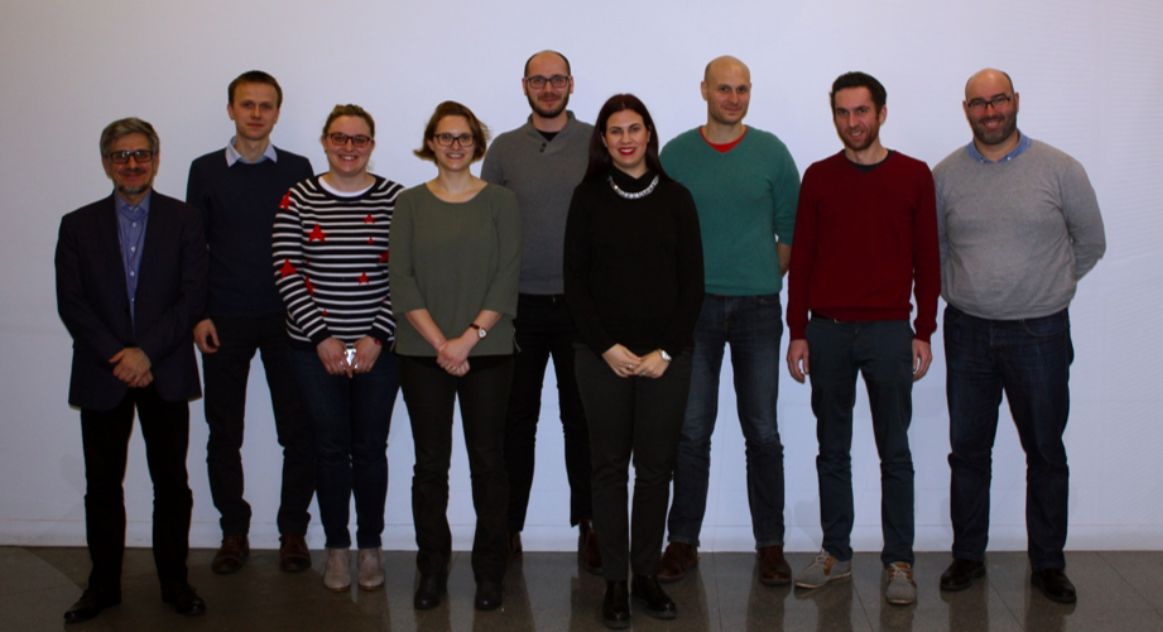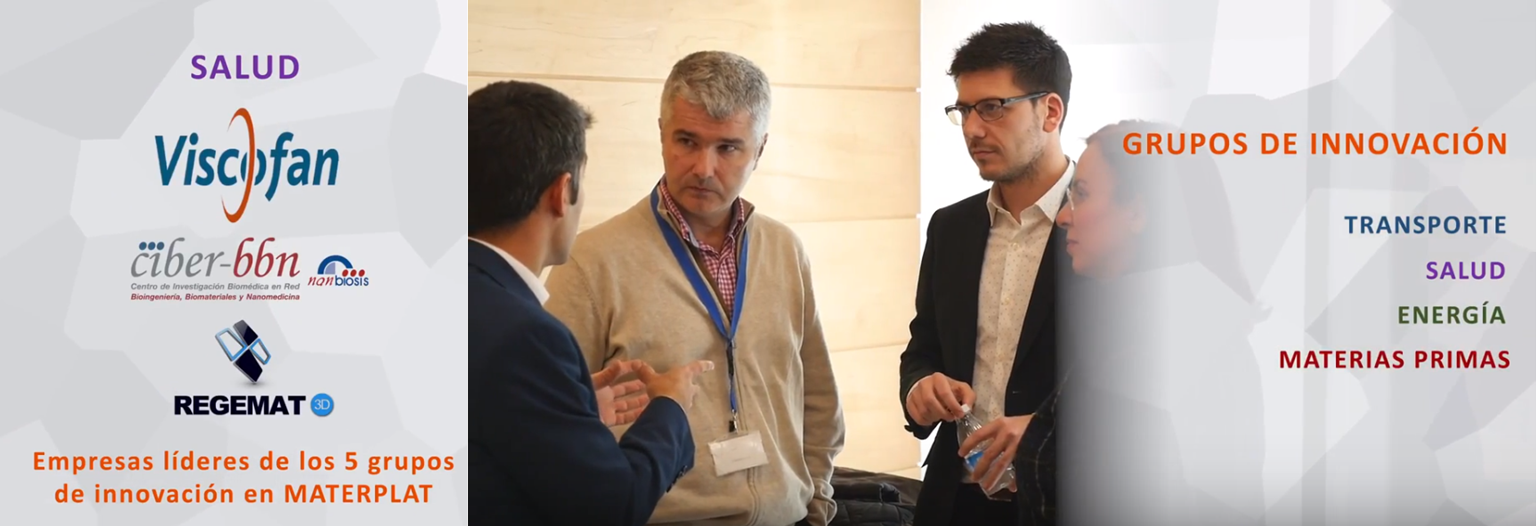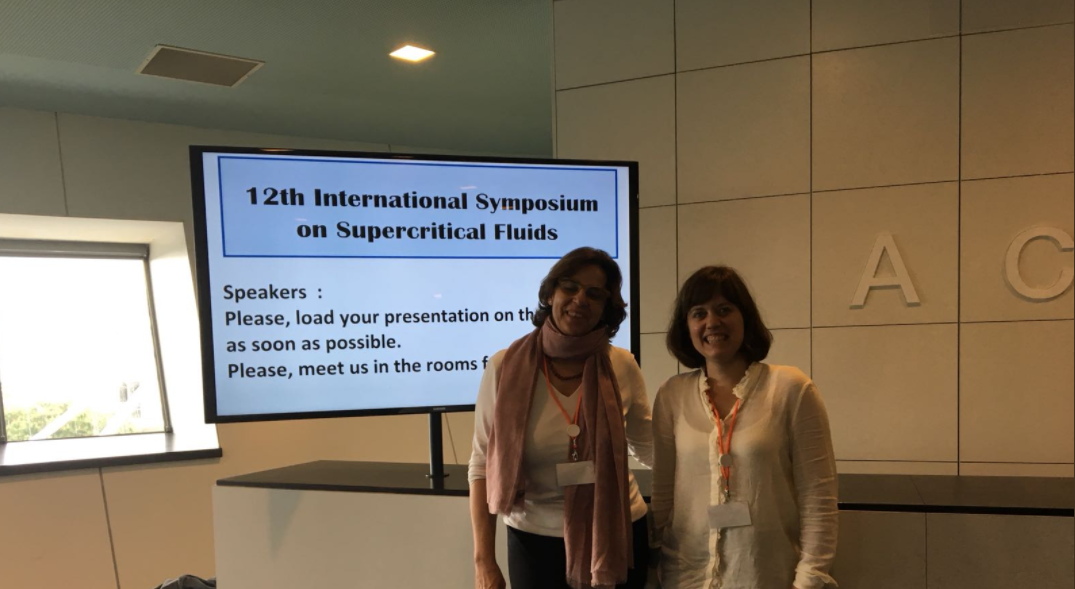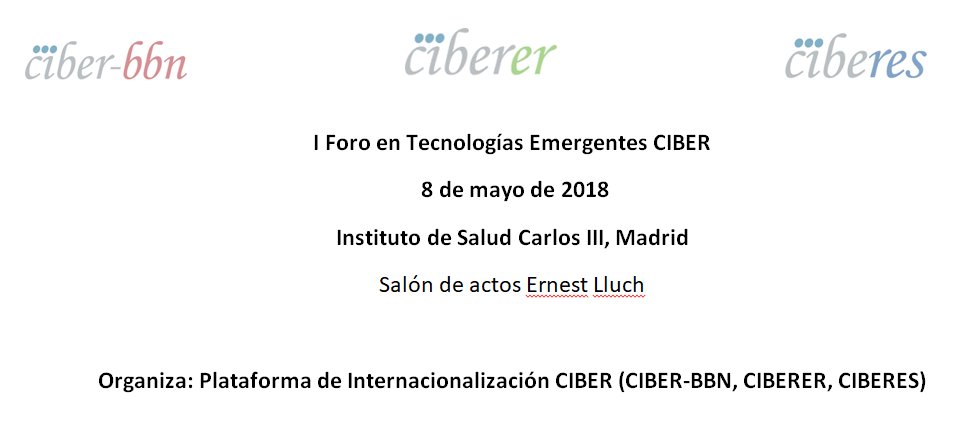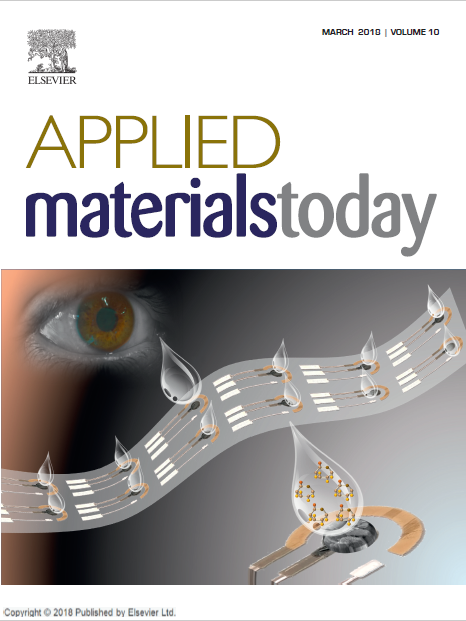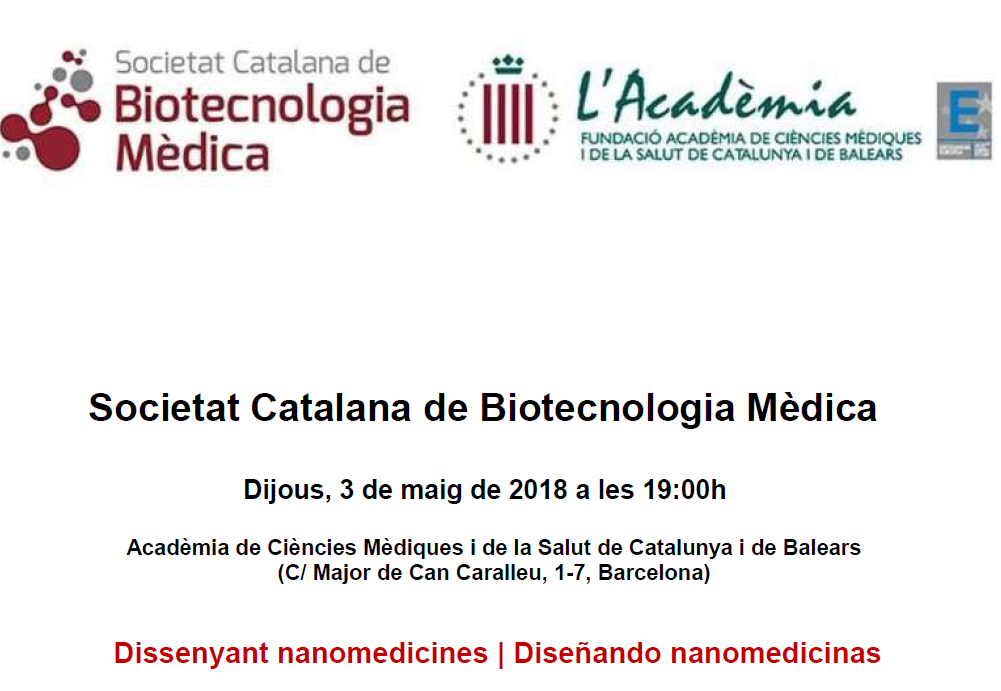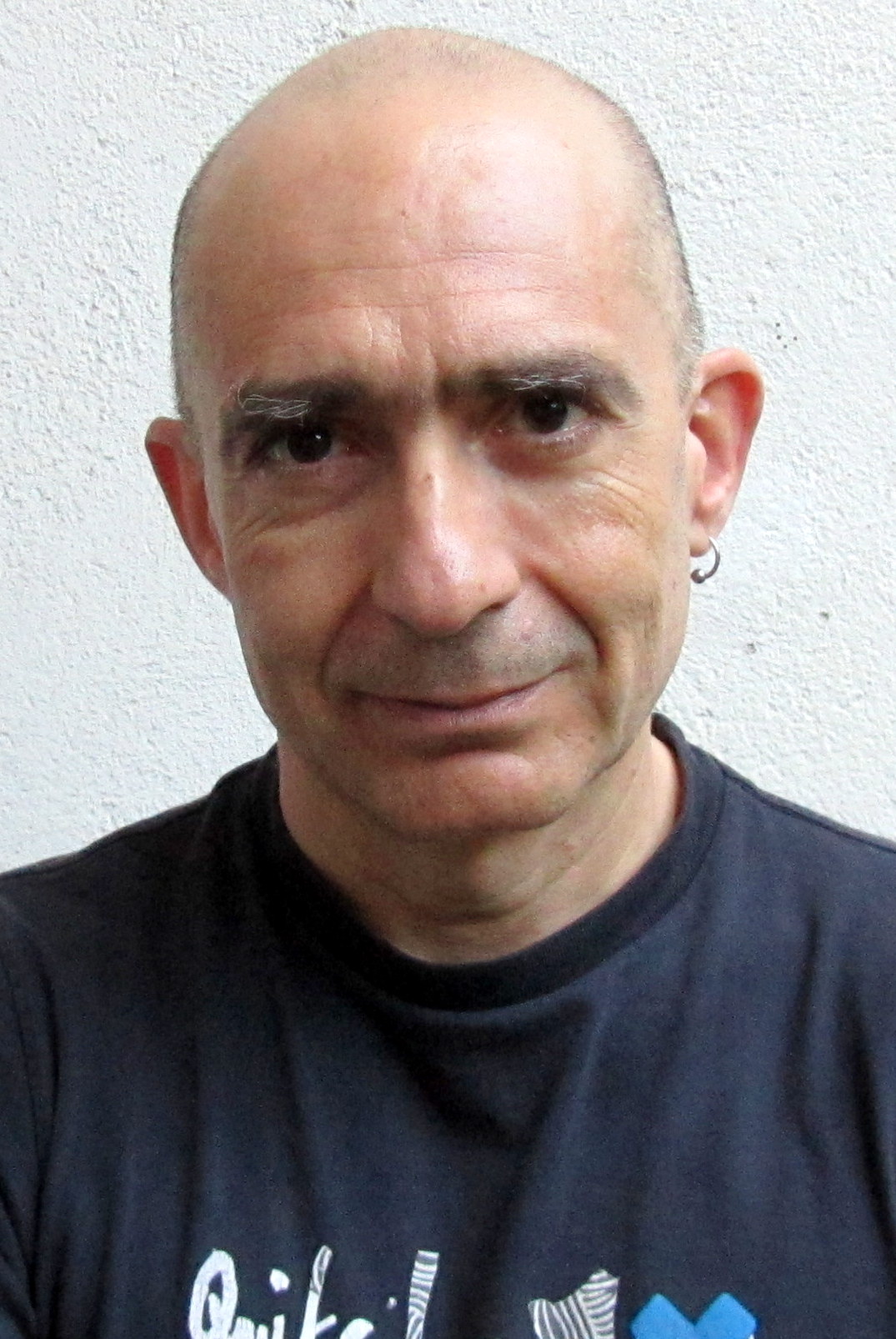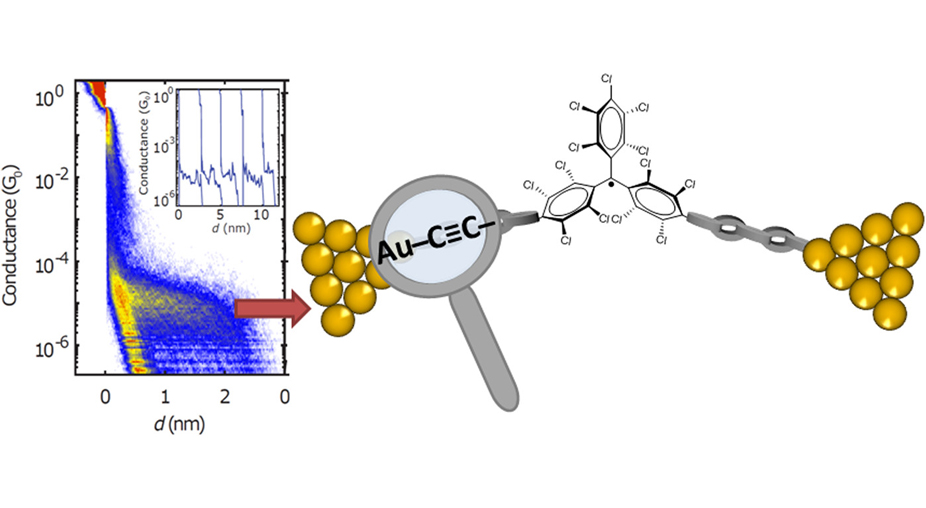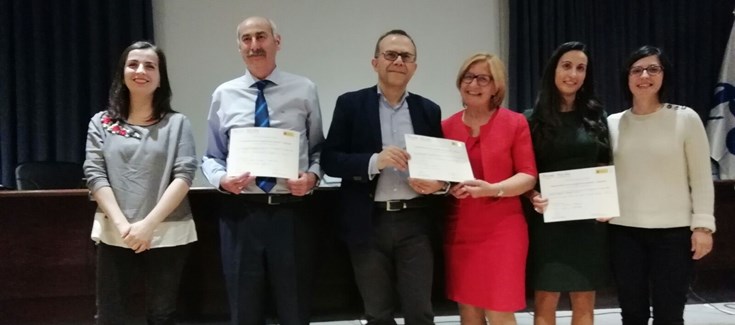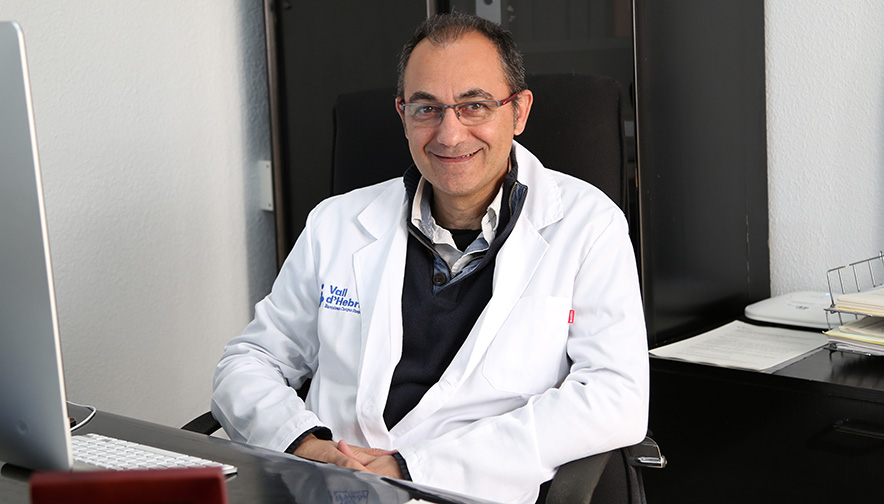Microfluidic technologies to study the cardiomyopathy processes of Duchenne’s disease
Ignacio Ochoa and Luis Fernandez, researchers of the AMB group of CIBER-BBN and I3A-University of Zaragoza, coordinator of NANBIOSIS U13. Tissue & Scaffold Characterization Unit, are working on the european project “CISTEM – HEART ON CHIP BASED ON INDUCED PLURIPOTENT STEM CELL TECHNOLOGY FOR PERSONALIZED MEDICINE” . They are developing heart on a chip microfluidic devices to study the cardiomyopathy process in the Duchenne muscular distrophy using microfluidic technologies.
CISTEM Kick-off Meeting was successfully held on 24th of January 2018 at Elvesys, Paris, France. Representative of the consortium organizations including academic institutions and industry representatives were participating in this meeting: BioSense Institute, Elvesys, Cherry Biotech, Universidad Zaragoza, BEOnChip and Jagiellonian University
